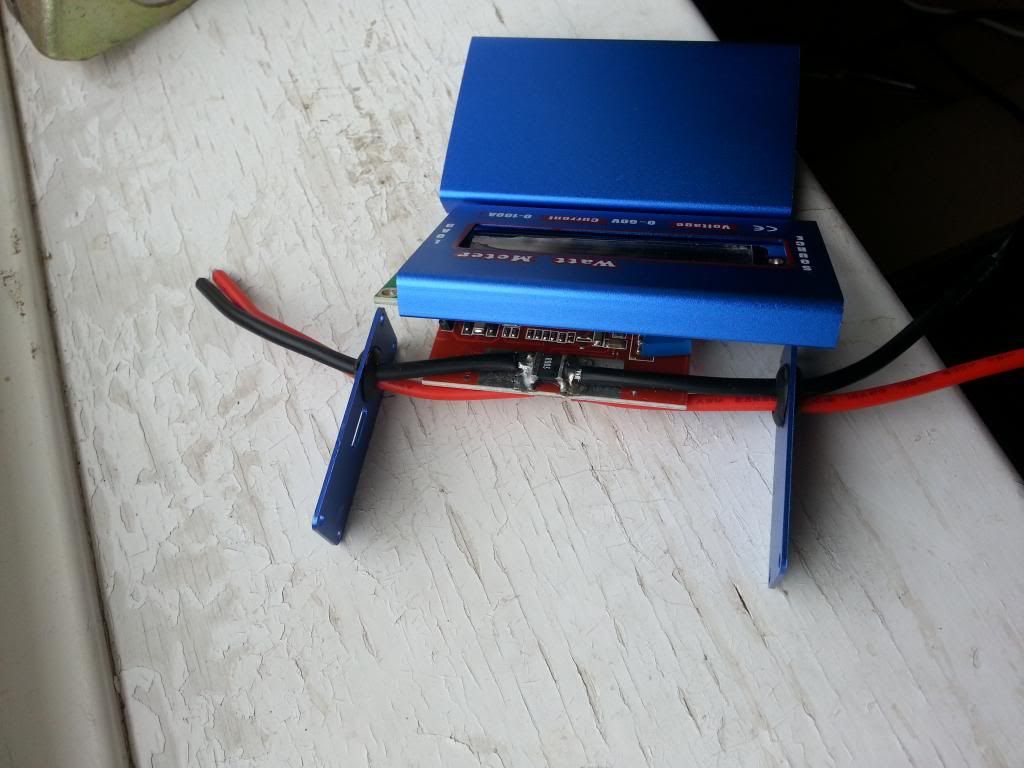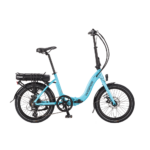D
Deleted member 4366
Guest
I used to recommend this one:
60V 100A Battery Analyzer Checker Balancer Voltage Power Watt Meter Servo Test | eBay
but I've just seen this one, which is even cheaper. I've ordered one to see what it does:
New Digital 60V/100A Battery Balance LCD Voltage Power Analyzer Watt Meter | eBay
60V 100A Battery Analyzer Checker Balancer Voltage Power Watt Meter Servo Test | eBay
but I've just seen this one, which is even cheaper. I've ordered one to see what it does:
New Digital 60V/100A Battery Balance LCD Voltage Power Analyzer Watt Meter | eBay








